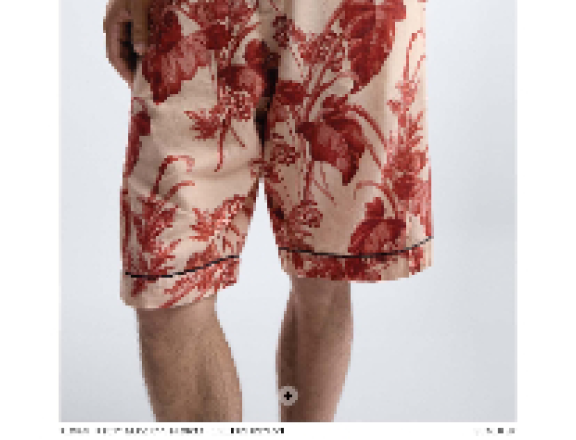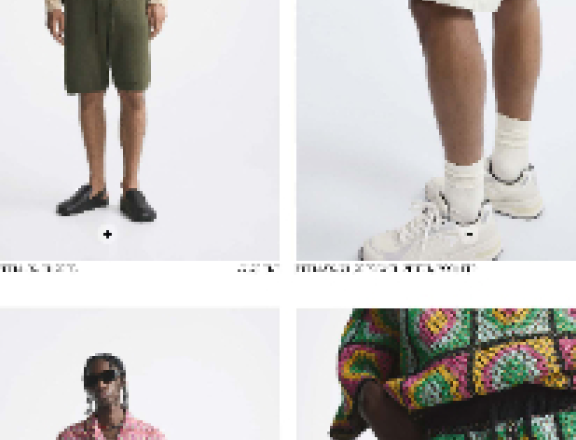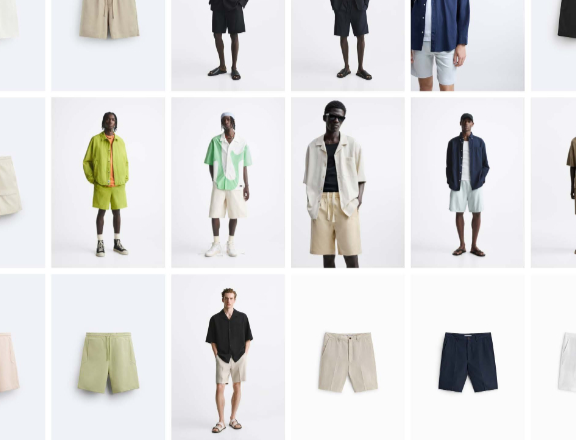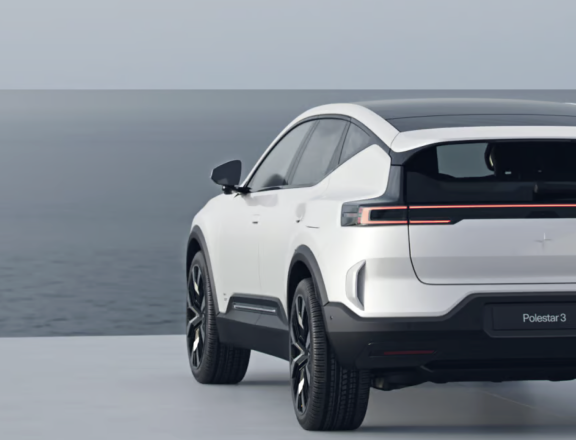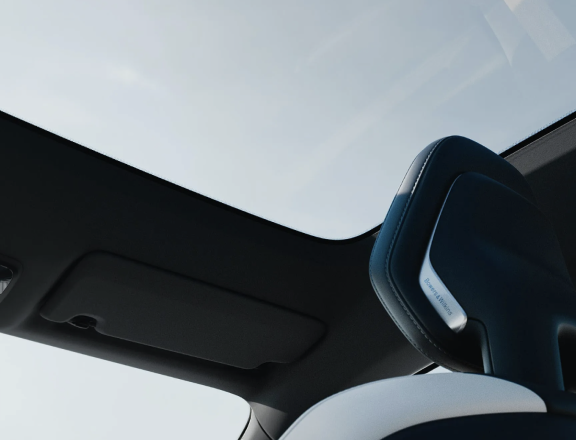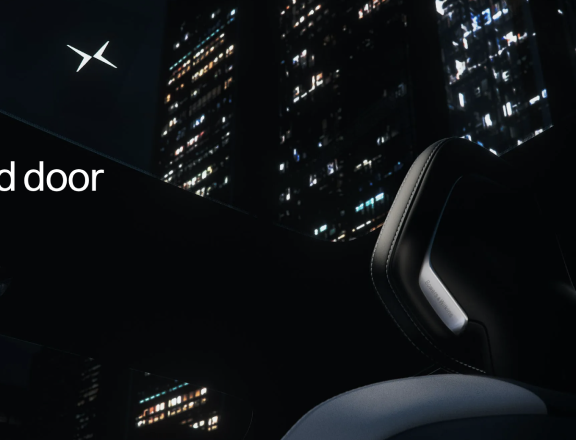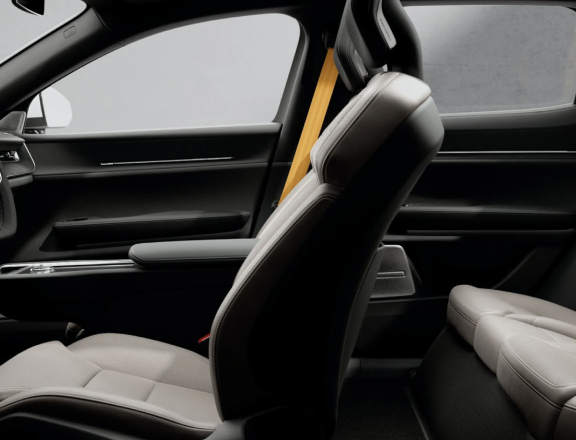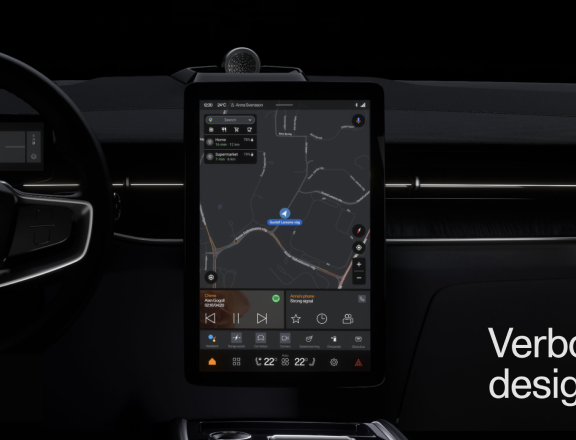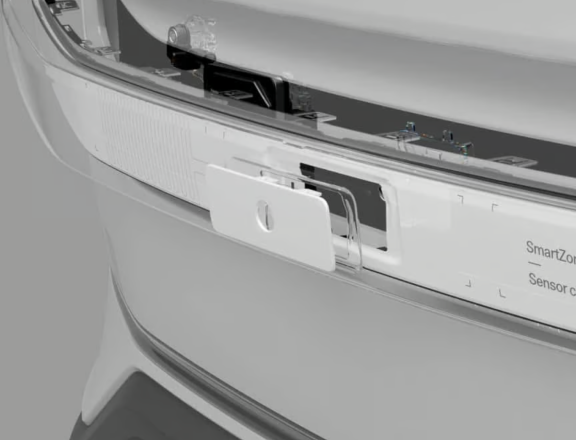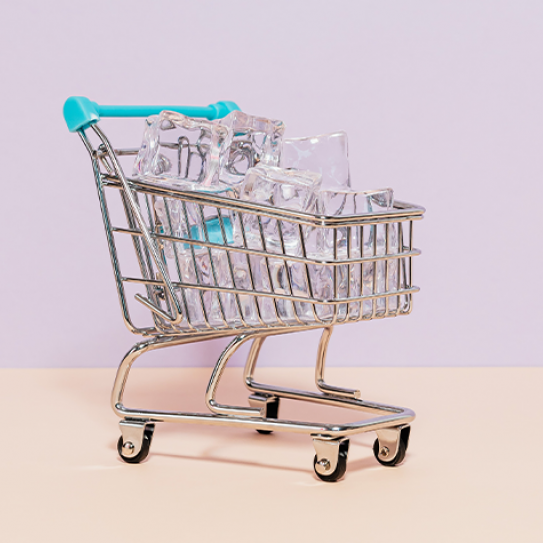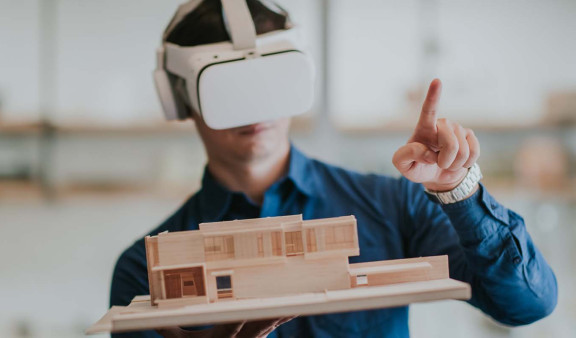
Bridging physical and digital: the rise of Phygital Experiences
While digital channels boomed during the pandemic, the growth has stabilized as people return to in-store shopping, but customers are now expecting a shopping experience combining offline and digital practices. Phygital offers a seamless omnichannel experience, blending physical and digital elements.
Customers can order on their phones and pick up in-store, use AR for virtual testing, and interact with chatbots before connecting with human representatives. The phygital trend delivers convenient and relevant experiences, especially in a post-pandemic world.
Phygital blurs physical and digital channels for a consistent omnichannel approach. Businesses need a unified phygital strategy that immerses customers in a digital experience, regardless of where they shop. Phygital strategies include in-store kiosks for speed and personalization, flexible delivery options, VR/AR showcases, and digital self-service channels.
Customers return to stores but seek digital convenience
Digital adoption surged during the pandemic but has now plateaued. Customers are gradually returning to in-person shopping, yet still crave the convenience of digital. Phygital bridges this gap, ensuring a smooth transition regardless of the customer's location or preferred shopping method.
Creating a strong phygital experience entails understanding customer preferences and integrating the best elements of digital and physical strategies. Brands must harmonize customer needs in both realms to deliver a unified phygital experience.
Best practices of Phygital with three real cases
Zara: immersive online store experience
Zara.com presents a user experience that mirrors the experience of browsing through their physical store. The website's layout mimics the display in shop windows, where mannequins showcase outfits from the new collection. Similarly, upon entering the online store, users encounter a visual representation of clothes presented on tables, but with various options and variants.
To enhance this immersive experience, Zara.com incorporates a zoom feature. By utilizing the products ordering button, users can zoom out, effectively "stepping" further inside the virtual store. This action reveals a broader range of clothing products and additional variations that were previously displayed as a cohesive ensemble.
In summary, Zara.com's UX design successfully replicates the familiarity of browsing through physical store fronts. Users can seamlessly transition from viewing mannequins in shop windows to exploring an expanded collection within the online store, creating an engaging and visually appealing shopping experience.
Polestar: digital showroom leveraging scrollytelling
Polestar.com offers an immersive showroom experience that replicates the real-life setting, allowing users to explore and engage with their cars before making a purchase. The website's homepage serves as the starting point, where users can seamlessly scan and scroll through a range of cars. Notably, as the user scrolls, the cars dynamically spin around, enabling a comprehensive view from every angle.
Upon finding a car of interest, users can choose to "explore further," leading them to the product detail page. Here, the website leverages scrollytelling, a storytelling technique through scrolling, to guide users through an interactive tour of the car's features. This engaging journey covers various aspects, including the exterior, interior, different interior options, detailed dashboard views, ceiling examination, trunk inspection, and even a peek under the hood. Each detail is meticulously presented to replicate the experience of being guided by a knowledgeable salesperson in a physical showroom.
By seamlessly blending captivating visuals, interactive elements, and detailed descriptions, Polestar.com successfully recreates the essence of a real showroom, providing users with an immersive and informative experience that enables them to make informed purchasing decisions.
In summary, the phygital experience brings together physical and digital elements, providing customers with a seamless omnichannel journey that combines convenience and immersion.
Miele: augmented-reality product placement platform
Miele.com is at the forefront of the phygital experience with its innovative AR product placement tool. This integration seamlessly merges physical and digital elements, enabling customers to virtually position Miele appliances in their own space. By utilizing this technology and overlaying the chosen products, customers can make well-informed decisions and enjoy an engaging shopping journey, whether they prefer online browsing or visiting a Miele experience center.
Miele's dedication to a unified phygital strategy sets a new standard for exceptional customer experiences in the digital age, enhancing convenience and immersion for their discerning clientele.
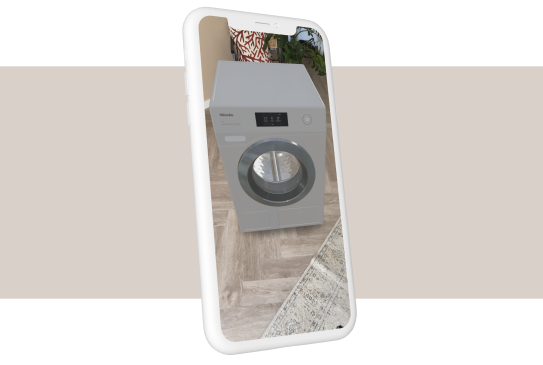
Screenshot of Miele's AR product placement tool
The Future of Phygital: more digital integration in real stores
As technology continues to advance and consumer behavior evolves, the future of the phygital experience promises even more digital integration in real stores. Retailers are increasingly recognizing the value of combining physical and digital elements to create seamless and immersive shopping environments. This trend is driven by the growing demand for convenience, personalization, and enhanced customer experiences.
One significant development in the future of phygital experiences is the expansion of in-store digital kiosks and interactive displays. These digital touchpoints enable customers to access a broader range of products, detailed information, and personalized recommendations right within the store. With the help of augmented reality (AR) and virtual reality (VR) technologies, customers can virtually try on clothing, visualize furniture in their homes, or test various product configurations before making a purchase. This level of interactivity not only enhances customer engagement but also empowers them to make more informed decisions, reducing the risk of post-purchase dissatisfaction.
How Phygital will affect Retailers and Consumers
Furthermore, the future of phygital experiences will see increased integration of mobile apps and loyalty programs with in-store shopping. Retailers will leverage the power of customer data to offer personalized promotions, discounts, and recommendations tailored to individual preferences. For example, when customers enter a store, the retailer's app could instantly recognize their presence and provide location-based offers, product suggestions based on previous purchases, and even guide them to items on their shopping list. This seamless integration of digital and physical touchpoints creates a hyper-personalized shopping experience that fosters customer loyalty and drives repeat visits.
In conclusion, the future of the phygital experience holds great promise for both retailers and consumers. By embracing more digital integration in real stores, retailers can elevate the in-store shopping experience, offering convenience, personalization, and interactivity that transcends the limitations of traditional brick-and-mortar retail. As technology continues to shape the retail landscape, businesses that strategically combine physical and digital elements will thrive in meeting the ever-evolving expectations of modern consumers. The future of phygital is poised to redefine retail, creating an exciting and harmonious fusion of the best aspects of both worlds.
DID WE PIQUE YOUR INTEREST?
Get in touch to discover how we can drive your digital sucess.
Contact us